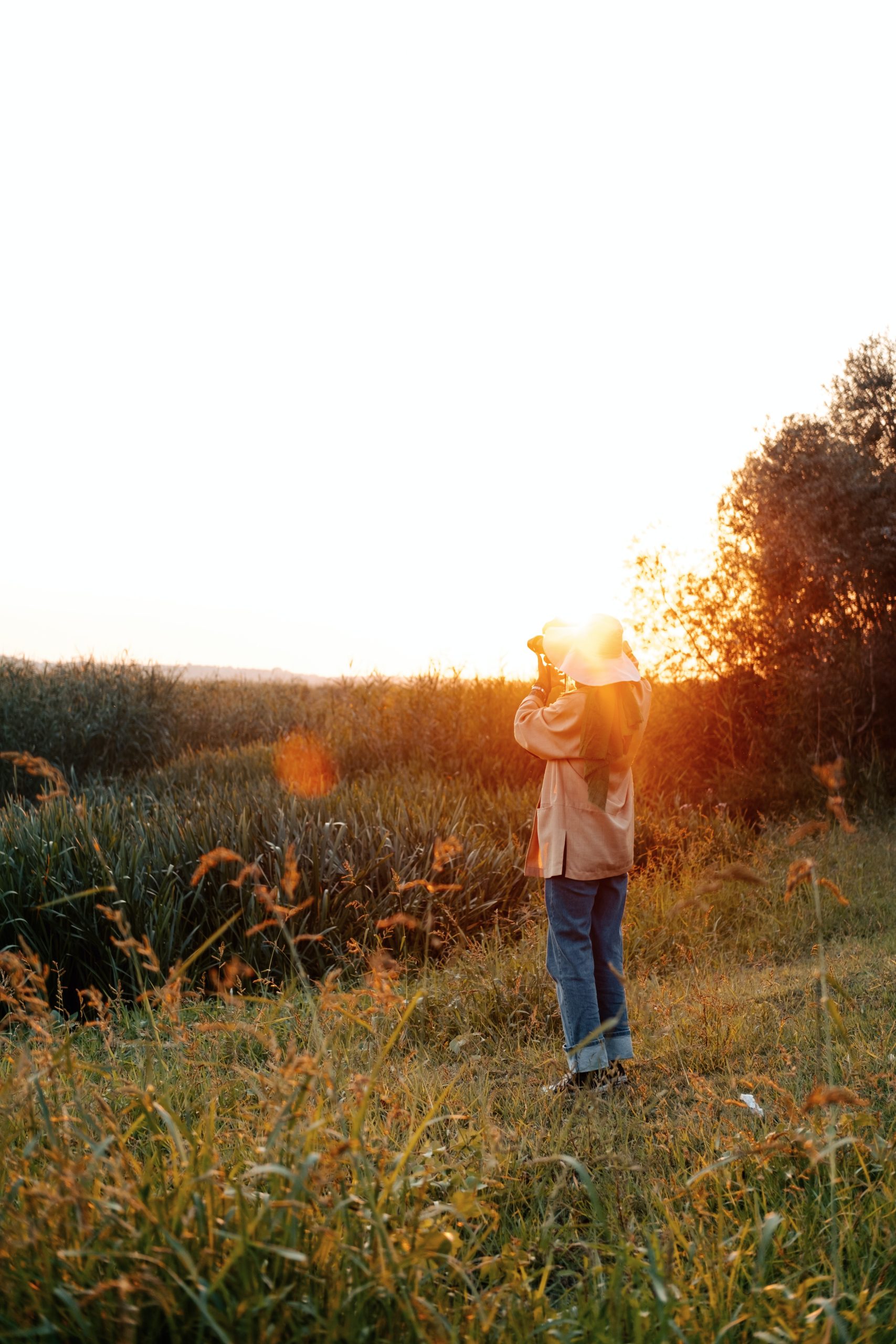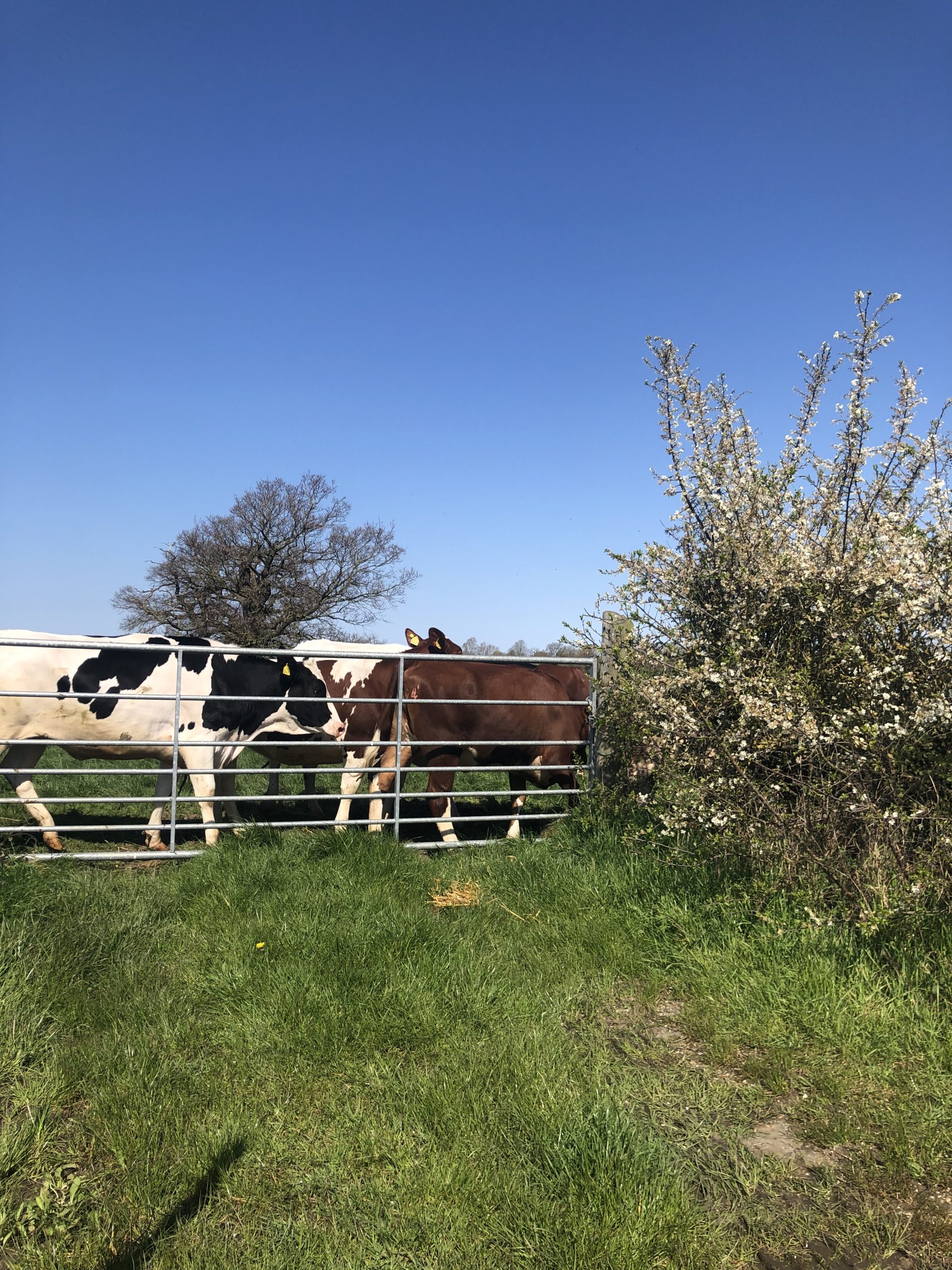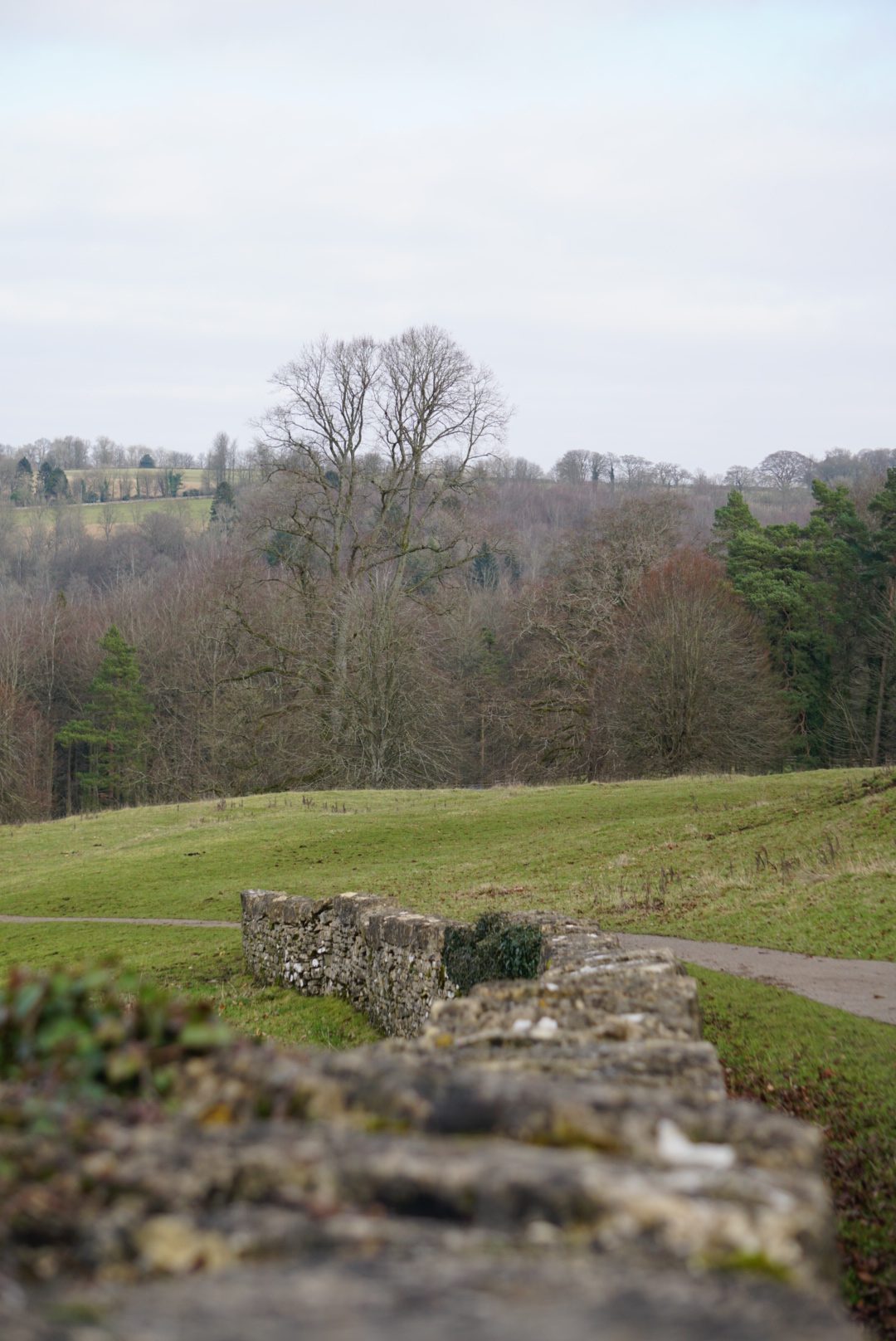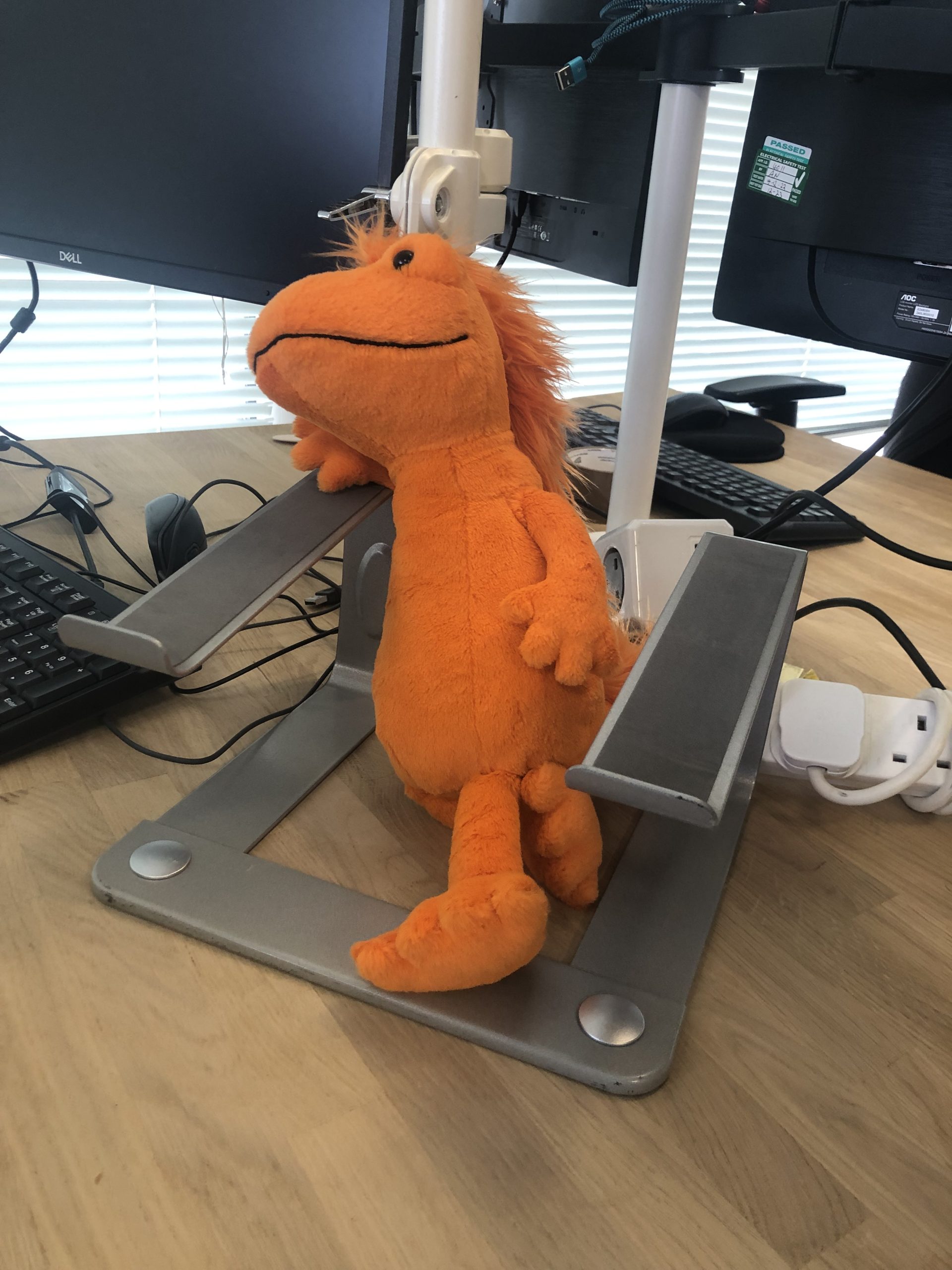A day in the life of our landscape planners
29 Sep 2023
29 Sep 2023
We believe in the importance of being able to be your most authentic self at work. Whether you’re having the best day ever or you’re under the weather, we think it’s important to be honest about it, embrace it and learn from it – whatever you’re feeling.
To complete our recent series of conversations with our experts, we had a chat with Eppie to find out what life as a Tyler Grange Landscape Consultant is like. Read on to find out a bit more about her typical day.

It depends if I’m doing a site visit or not, in which case it can be quite early. Most people will start work between 8 and 9 in the morning. It varies quite a lot, especially when we need to do winter photography as there is a smaller window for taking photos. I think we’re on site less often compared to arboriculture and ecology. They have to keep going back to do surveys, whereas we will do a due diligence site visit to get the feel of a place and what their opportunities and constraints to the development will be. And then we will go back again to take photography and assess viewpoints.
We tend to do more rural projects. We’ll go and assess the area to find out if there are there any important viewpoints, and if the site is near an area covered by landscape designations. We’ll do a zone of theoretical visibility plan before we go to see what the visual envelope of the proposal would be. That allows you to understand the height of the development in the landscape. If it was just bare earth with no houses around it, how far would that development be seen?
After that we go to site and see for ourselves. If we judge the proposed development won’t actually be visible from a certain point because of trees or built form, we will find out exactly where it will be visible from and then capture those viewpoints.

There’s a lot of collaboration between different disciplines with conversations and meetings going on all the time in the office. We will create a landscape strategy plan with the arboricultural plans, so we’ll have the information on which trees need to be retained and which are really high-value trees. Then the ecology team will come in and do biodiversity net gain calculations based on our strategy plan, so collaboration between us is essential.
How do you organise where you need to be across the week?
Most weeks, I will be in the office rather than in the field, which is quite a big difference between landscape and particularly ecology because they are a lot more field based. I don’t have to spend too much time organising that way. I tend to do three days a week in the office, and one day a week working from home.
Obviously, you have a four-day week. How does that work for you?
It’s fantastic! I can’t remember how long I worked here before it came into place, maybe about half a year? When we adopted the four-day week, it was great because by the time it got to Friday, I think everyone was quite naturally slowing down anyway. We actually improved efficiency overall after they brought it in. I think productivity went up about 6% because with less time available, people were encouraged to work more efficiently.

When the four-day week started, I started volunteering at Brockwell park in South London. They’ve got a really good gardening team there. But then, annoyingly, I moved out of Brixton to North London, and I’ve been trying to get involved in the local park here. There’s such a long list of volunteers I’ve not even been able to get on the waiting list yet!
They’ve been great. I’ve been passing on some of their information to friends and family as well, because other companies just don’t have some of the tools we do. In dream catching and emotional fitness sessions, it’s fascinating to look at all the different aspects of your life – your spiritual side, your hobbies, your friendships, your relationships. It opens your eyes to new perspectives on how you could live your life a bit richer and fuller.

When you are out on a site visit and taking photos, a lot of people come up to you to ask questions about what you’re up to. It is tricky to tread the line and tell them exactly why you are there while protecting the client’s information, especially when the project is not yet in the public realm. This is why it is quite helpful to take a dog on site visits, as that way you tend to blend in with the other walkers!
Is your workload quite seasonal or is it fairly evenly spread across the year?
I think landscape planning is more evenly spread than other disciplines. Because ecologists, for example, are hit quite hard during their survey season. There will be a last-minute push to get winter photography through just as leaves are starting to appear on the trees, which is when you end up losing the winter viewpoints. Winter photography is very useful to the clients because that’s when you can demonstrate the worst-case scenario of their development, when it will be most visible to the surroundings because of the lack of leaf coverage from the trees.
Other than photography, what else do you need to consider on site?
Other than photography, it’s assessing. By the time you go to site, you will have read the documents about the landscape character of that area. Then you’ll go to the site and see how well a proposal will fit into that character, and see if it can be improved so it’s more complimentary to the landscape that it’s in.
There are some things that you just wouldn’t know if you’re only looking at a map. For example, there might be a locally used footpath going along the site that you would have just not known otherwise. It’s about getting there and having a good explore.

There’s a lot of support between us in the Tribe. If someone’s having a really stressful day, we’ve got this emotional support Newt, a cuddly toy that we can give to someone, just to cheer them up a bit and let them know we’re here for them. We give a lot of praise between coworkers. We make sure we let each other know when we’ve done a good job. The icing on the cake is an email from Wendy to say, ‘you’re a star’! The day will finish between about half five and six. Towards six, you will start getting comments from Wendy saying, ‘Why are you still here?’ She encourages people not to work late, which is really good. If it’s a Thursday, some people will go for drinks afterwards, which rounds the week off nicely too!
I’d say try to volunteer or get involved in gardening, as practical knowledge will help in designing planting schemes. Another good practical tip is to try life drawing to improve your quick sketching skills, that’s always useful. Make sure you get outside in the field as much as you can and consciously observe how people use and interact with public and green spaces.
I discovered Landscape Architecture after researching ways to become further specialised following completing my geography degree. I loved it immediately. I found it to be a wonderful combination of my favourite subjects: art, history, geography (of course) and design. Lastly, I’d say an altruistic personality helps when you are working to create places for people and wildlife to enjoy. Like anything, it’s important to do it for the right reasons!